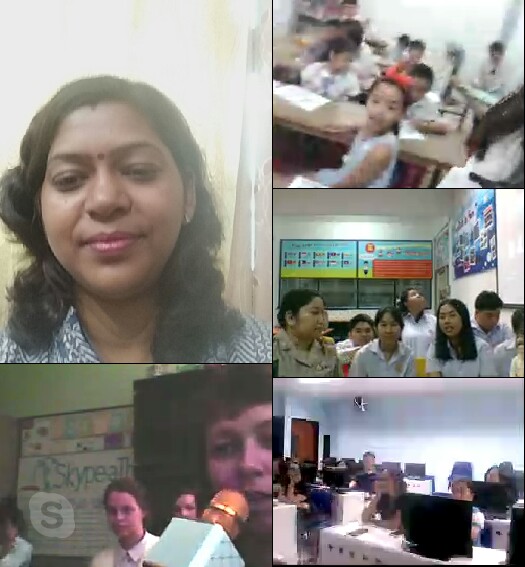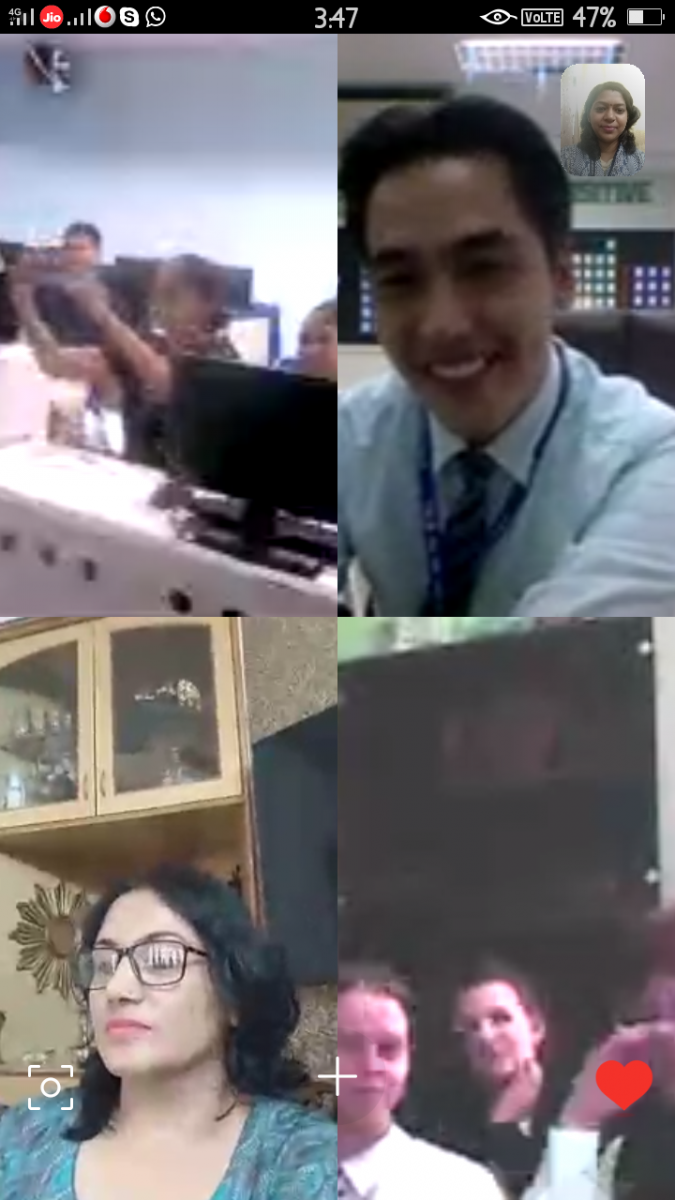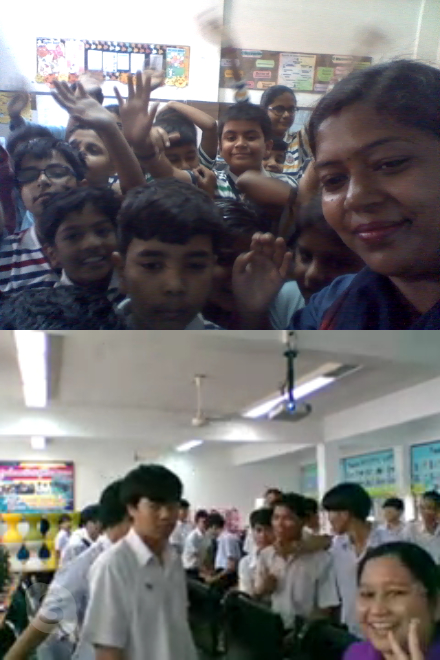Learning through Skype in classrooms
Learning through Skype in classrooms

Shimmi Sharma is an English teacher at Sunbeam School, Lahartara. She is an MA in English, Education and Psychology and holds a Post Graduate Diploma in Higher Education. She is a passionate learner and aims to inspire young minds to love learning and wants to help them become free thinkers.
 What is Skype in the Classroom?
What is Skype in the Classroom?
Skype in the Classroom is ‘a free global community’ that allows teachers to collaborate on classroom projects and share skills and inspiration around specific teaching needs. Teachers can use Skype in a variety of ways to enhance their students understanding of a certain topic in a way that will be more exciting and memorable. Skype in the Classroom allows for students to experience new cultures, language and ideas without having to leave the classroom at all.
How to use Skype in the Classroom?
After teachers create a profile that describes their interests, teaching specialties, and location, they can begin to create projects. Projects are a way for teachers to connect with other teachers and classrooms across the globe, and either ask for help or offer help among that teaching community. Skype in the Classroom also provides the opportunity for guest speakers to be present in the classroom without ever having to take a trip or even leave the school or office!
Benefits to using Skype in the Classroom
-
Provides opportunities for students for social interaction with people outside of the classroom.
-
It offers the opportunity to connect people and objects that are not in the same physical environment.
-
Allows guest speakers to stay at the office or not travel in order to come speak to a class.
-
Improved learning strategies
-
Greater perseverance, and reduced need for help from the instructor
-
Social interaction provides critical opportunities for learners who are learning at a distance.
-
Internet technologies offer opportunities to connect people and objects that are not in the immediate physical environment. Using Skype in the online classroom improves social interaction and helps to create an authentic peer review environment.
-
-
Videoconferencing in the Classroom – Utilising experts, authors and guest instructors who would never otherwise be able to visit the school. Through this we can get the eminent personalities of the world in the four walls of the classroom.
-
Virtual Field Trips – Using video chatting to bring the Field Trip into the classroom – for example, visiting The Ancient Museum Egypt, Pyramids and Fossil Park and many more places. The students can get connected to far off places through the spectrum of internet.
-
Foreign Language Learning and Cultural Exchange – Teachers use Skype to connect local students with native speaking students from other countries. When the students from one communicate with the students of other country they come out of inhibitions and there is a development of a global community which crosses the borders safely. Skype allows students to see in real-time what people’s lives, homes, schools, weather and more look like in other countries. This also encourages the cultural development and global citizenship in the learners.
 Social interaction allows the learner to reflect and reconsider, get help and support, and participate in authentic problem solving. Classroom teachers can leverage the potential of technologies like Skype and other technology immersion initiatives to increase student motivation to communicate with authentic audiences, spend more time on assigned tasks and develop essential literacy skills needed for vocational and lifetime success in the twenty-first century.
Social interaction allows the learner to reflect and reconsider, get help and support, and participate in authentic problem solving. Classroom teachers can leverage the potential of technologies like Skype and other technology immersion initiatives to increase student motivation to communicate with authentic audiences, spend more time on assigned tasks and develop essential literacy skills needed for vocational and lifetime success in the twenty-first century.




















